Natural Dyes: From Garden to Closet
Gardeners are a creative bunch. Give them a little soil, sun, water, seeds, and time, and they can bring forth a serene oasis or food for the table out of basically nothing. But why should that creativity be restricted to just the flower beds? Did you know that some of the things you grow in your garden can be used as natural dyes for fabric? Instead of just getting into the dirt, you can also get into a shirt that you’ve put your unique mark on with plants that you grew yourself!
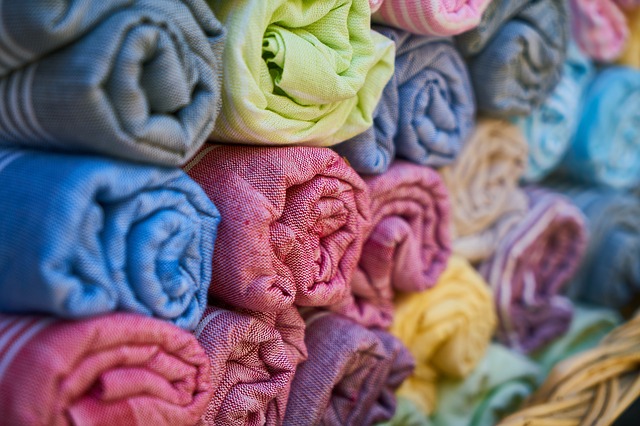
Starting out with Natural Dyes
If you want to try your hand at dying fabric using natural dyes, the first thing to remember is that it’s best to keep it natural through and through. Natural dyes will work best on natural fabrics, like muslin, silk, cotton, and wool.
Also remember that the darker the fabric is to start out, the harder it will be to get a really vibrant color (if you can get any color at all). Depending on the end result you’re after, it’s probably best to start with white fabric while you’re learning. And, of course, remember that you are learning, so a few mishaps are to be expected. Until you’ve got a good handle on it, don’t try to dye a garment that you’ll be heartbroken over if it gets ruined.
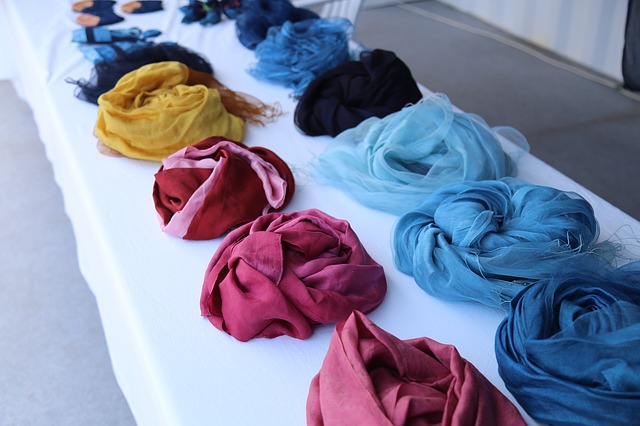
Selecting your Produce
If you’re after a specific color, you’ll have to do some research to determine what produce you’ll need. However, if you’re feeling adventurous, you might just grab what you’ve got growing in your garden and get started.
Of course, whatever you’re growing in your garden, we recommend you use BigYellowBag Black Garden Soil. The light and fluffy properties of the soil make it a fantastic growing medium. BigYellowBag Black Garden Soil is a mix of black loam, peat loam, compost, and manure. Loam is a mixture of sand, silt, and clay. These are combined in the right ratios so that there is a perfect balance of drainage and moisture retention. Packed with essential nutrients and organic matter, this soil will be perfect for your plants. It includes everything plants need to grow healthy and strong!
Cooking Up your Natural Dyes
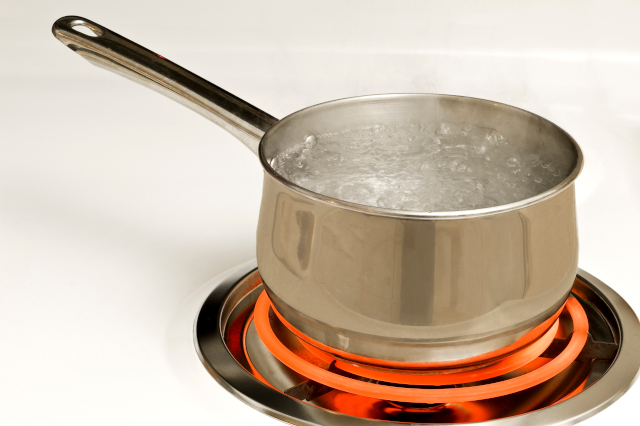
Once you’ve figured out what produce you’re using, you can begin making the dyes! When you’re making natural dyes, you should use an old pot and wear rubber gloves while you work to prevent accidentally dying your kitchen equipment and hands, too. Chop up the produce and put it in the pot with twice the amount of water as produce. So, if you’ve got two cups of blueberries, you’ll need four cups of water. Bring the pot to a boil, and then let it steep for at least an hour. If you’re after a more vibrant, deep color, leave the produce in the pot overnight with the heat off. When you’ve done that, strain out the pieces of produce and you’ve just made your first of [hopefully] many natural dyes!
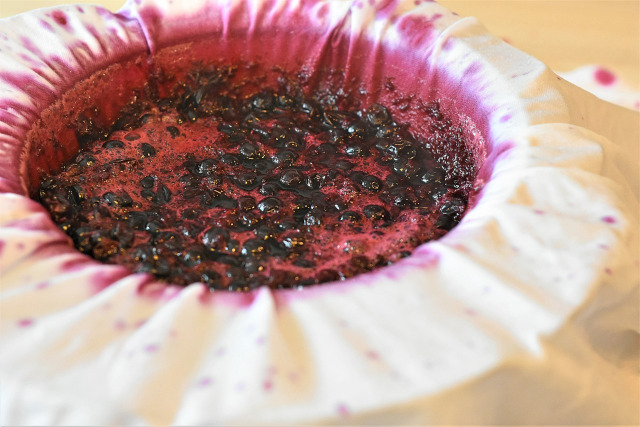
Prep the Fabric
In the meantime, you need to prep your fabric by giving it a fixative bath. This will allow a better bond between the color and the fabric. Generally speaking, if you’re using berries, you’ll need a salt fixative, and for dyeing with pretty much any other kind of produce, you need a vinegar fixative. The salt fixative is a 16 parts water to one part salt (you can start with half a cup of salt to eight cups of water. The vinegar fixative is four parts water to one part vinegar (you can start with four cups of water and one cup of vinegar).
Mix your fixative bath, and add your fabric. If it doesn’t cover the fabric, keep adding more, remembering your ratios, and then bring it to a boil. Let the fabric simmer for at least an hour; you can leave it longer if you want a deeper color. When it’s been in long enough, rinse your fabric in cold water and squeeze out the extra water.
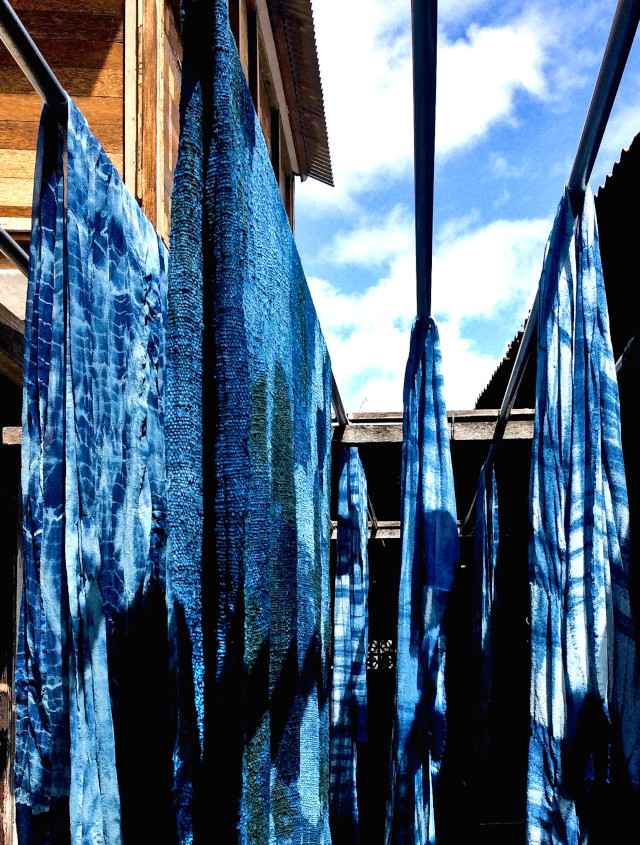
Dying the Fabric
Add your fabric to your natural dyes. Once again, it should cover the fabric completely so be sure to start with enough produce in your dye mixture. Simmer the dye with the fabric for at least 20 minutes. Then, leave it in while the water cools. As you’ve probably guessed, the longer you leave the fabric in, the deeper the color will be.
When you’re ready to pull the fabric from the dye, hang it outside to dry. The drips might stain, so be sure to move any lawn furniture, and don’t do this over your deck or patio stones.
Proper Care Practices
It’s important to remember that natural dyes will fade with time and in direct sunlight. You can limit the color loss by making sure to hand wash your naturally dyed fabrics when possible. Alternatively, if you have to put them in the machine, be sure to use the cold wash setting, and choose a detergent that doesn’t have bleach in it.
Now that you know how to make your own natural dyes, it’s time to get creative, in and out of the garden!
